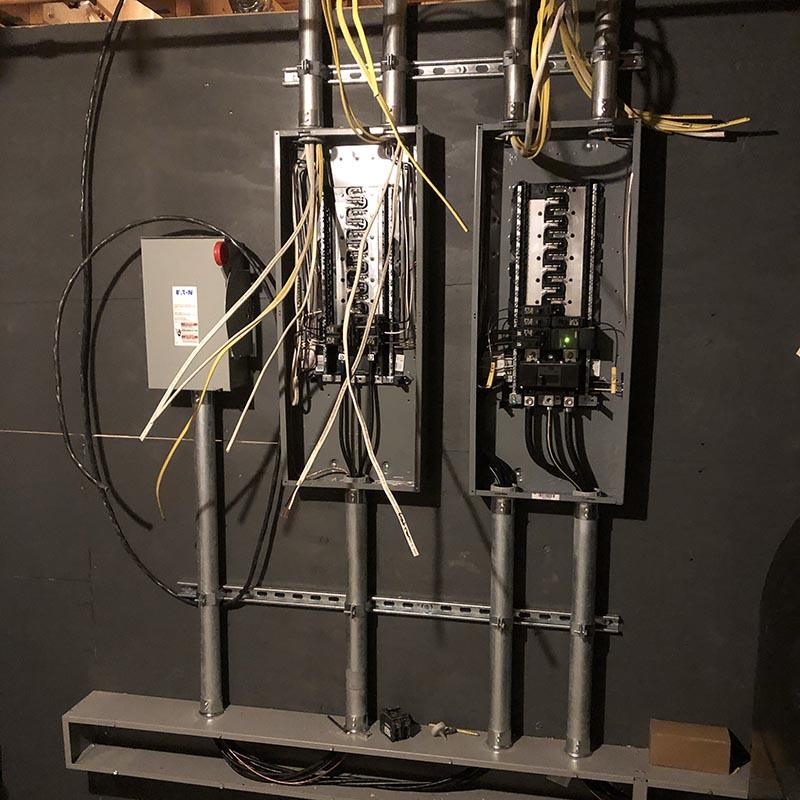
Do You Have Knob and Tube Wiring? Common Dangers to Avoid
These open wire systems were added to homes with the first electrical installations of the early 1900s through the 1940s, though homes in some jurisdictions allowed their installation as late as the 1970s.
How to identify Knob and Tube Wiring
Knob and tube wiring is still present in many of today’s homes. It is easy to identify – if you can see it. Look for knob and tube wiring in your basement or attic. You can identify it by its white, ceramic, spool-like knobs. Typically nailed to joists, electric wires snake through the knobs, which support individual wiring strands. Heavy ceramic tubes protect loose wires where they run through lumber.
Why is Knob and Tube wiring dangerous?
While knob and tube electrical wiring is not illegal or required to be replaced, it is unfortunately an obsolete wiring method. Home wiring in the 1900’s was not designed to handle the glut of electronics used today. Even 60 years ago most homes did not boast air conditioners, microwaves, and dishwashers, let alone computers, extensive home theater equipment, and personal electronics. The heavily increased load from these devices strain and overheat wires, pulling too large a load for safe operation and resulting in fire hazards throughout your home. And this is not the only danger of knob and tube…
-
No electrical ground.
Only a hot and neutral wire are provided, creating an enormous safety risk for your appliances – and you. -
Compounding damage (and dangers) with age.
Wrapped in rubberized cloth, wires that have become brittle over time crack and fall off, leaving wiring exposed to create both a both a shock and fire hazard. Exposure to leaks and animal damage further compound wire exposure and safety issues. -
Knob and tube wiring was designed to remain suspended in the air and protected by heavy ceramic tube if and when exposed to wood. Changes over time, however, disrupt this proper structure:
Building changes that can effect safety.
-
Added insulation
Added insulation in attics and wall cavities can lead to the overheating of these wires, which were designed to remain suspended in open air. Covering them also commonly leads to damage from wires being walked upon. -
Improper connections
Connections and splices, including taping and soldering additions without the use of junction boxes, greatly compromise safety. These modifications and extensions, commonly made, are not permitted by most codes.
-
Next Steps
-
Get a professional inspection.
Verifying the condition of the wiring, connections, devices (receptacles, switches), and fuses and circuit breakers. -
Replace bad circuits.
Including those that have been damaged, modified, or covered with insulation with a modern grounded electrical circuit. -
Add protection to reduce shock and fire risk.
Including ground fault protection (GFCI) and possibly arc fault protection (AFCI).
The above blog was originally posted by Mr. Electric.
Get a Free Estimate
We’re licensed and fully insured professional electricians!
Let us answer your electricity questions.